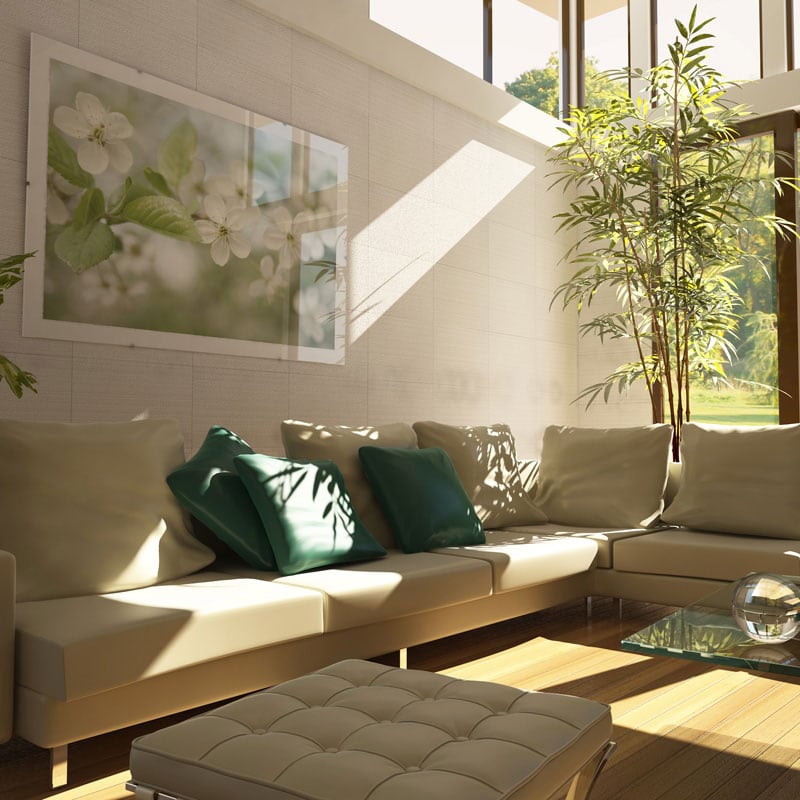Is Travertine or Limestone the better choice? The topic seldom fails to foster sometimes-lively debate! Whether the discussion is among interior design professionals, architects, builders, or homeowners, the results are typically less than conclusive. Perhaps this is as it should be, given the vagaries of expectations and applications. So, here are a few thoughts that I have on the subject after almost thirty-six years of experience with the topic.
Previously in other spaces, I have suggested that stone selections are an art as much as a science and should be viewed in the proper context. Perhaps we should now take a look at a bit of science and history in order to understand this perspective.

Travertine, according to Wikipedia and other more technical sources, “is a form of limestone.” Both travertine and limestone are sedimentary rocks. Each of these stones has a long history as a building material ranging from the Great Pyramids as shown above to modern applications such as your local courthouse or the Colosseum in Rome below.

Moving past the science and history, both travertine and limestone are generally light in basic coloration. Limestone tends to be more uniform in its physical properties as opposed to travertine, which will inevitably present with voids or holes, which may or may not then be filled. Both stones can be polished and honed, but will respond slightly differently to each. It is also worth noting that they can both be “antiqued” in a finishing process intended to “age” their appearance, but again they will respond somewhat differently.

In considering their relative durability and clean-ability, it would be easy to come down on the side of limestone because it is generally denser. But here is where the “art or science” part of the equation comes in. For example, what is the application? Are we considering interior flooring, exterior paving, interior wall veneer, exterior wall cladding, a carved piece, or a machined element? Also, what are the expectations of the end user in each case as to performance? In short, there is no quick and easy “off the rack” performance guide. Quite the opposite approach is necessary if the true expectations of the end user are to be fully realized. A few selections from Marble Systems are offered for your perusal. At he very top of the post is an image from our Champagne Limestone Collection. Then immediately above please take a peak at the Canyon Travertine Collection.
This leads us to the conclusion that the very title of this post, Travertine or Limestone, is a paradox given that there is really no “either-or” solution to be advanced. The subjectivity of your situation is critical. So reach out to an expert, for the specific advice that will guide you to success. Thanks for reading. We can be found here.
